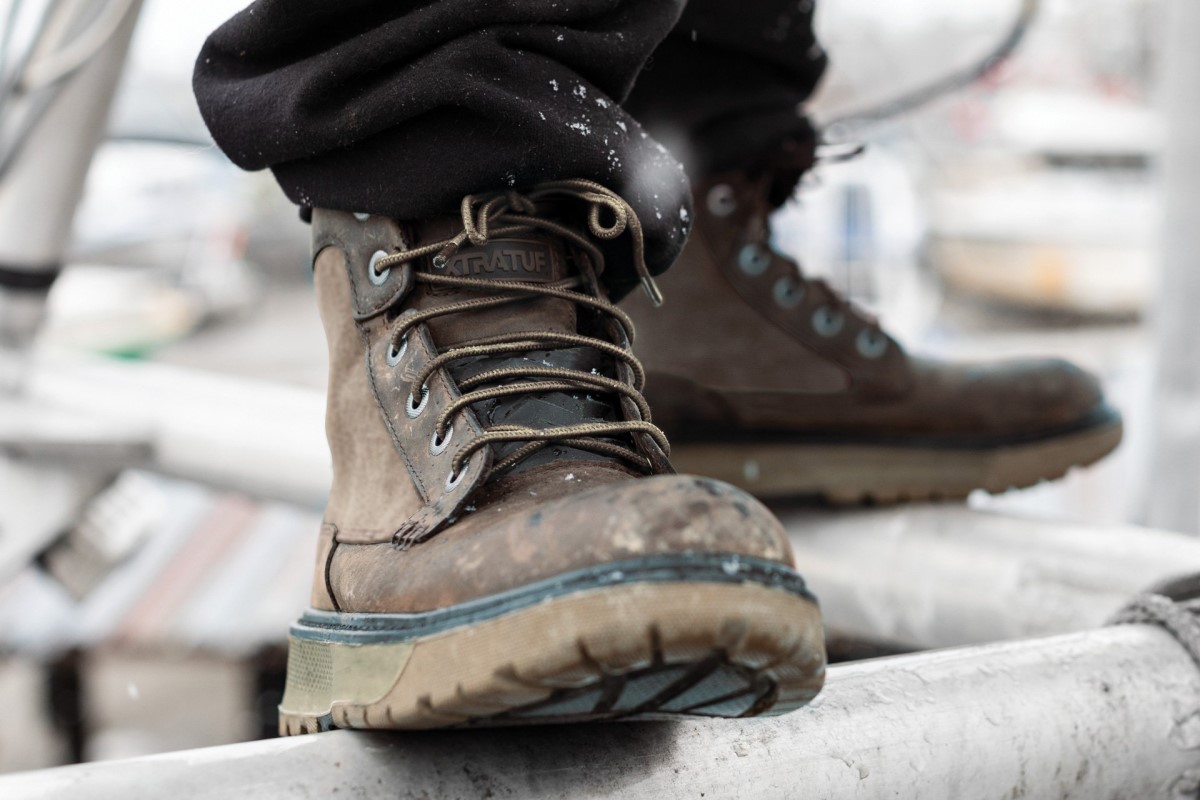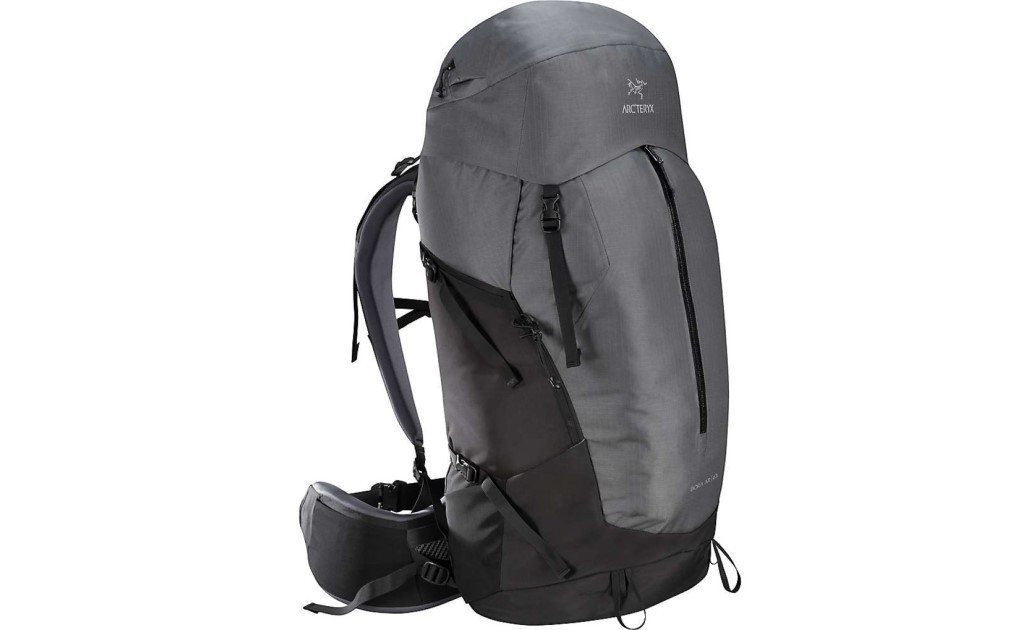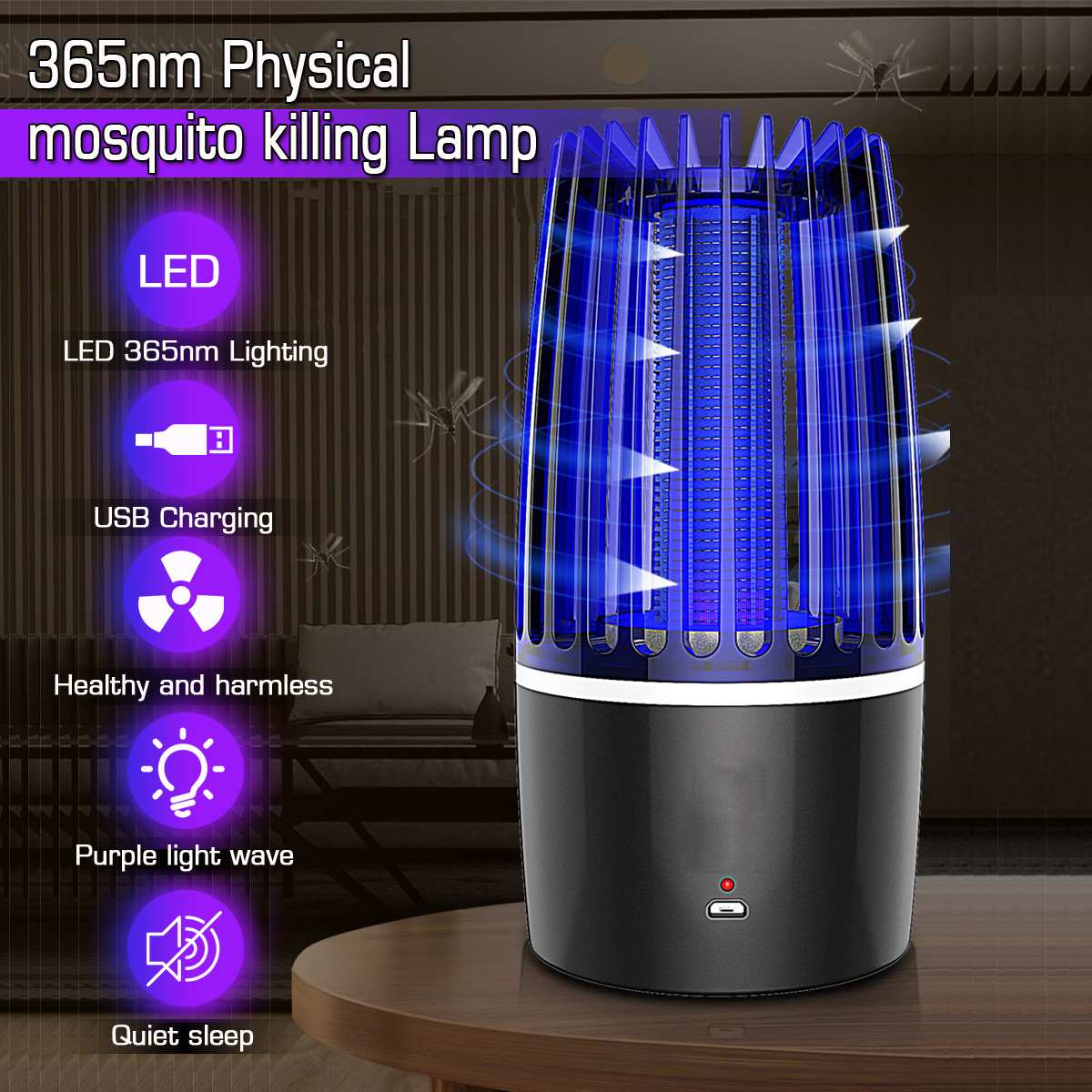This post contains affiliate links and as an Amazon Associate, Alpha and Omega Outdoors may earn from qualifying purchases.
If you are planning a tent camping trip, you are in for a world of fun. For most of us there’s nothing better than being in the great outdoors and getting away from the hassle of life. That said, there are some things that you need to think about before you head out, such as how to cook when tent camping.
To that end I decided I would take a few minutes to discuss various cooking methods when tent camping. Choosing how to cook when tent camping depends greatly on what type of camping you are doing. I have tried to break each method of cooking down based on car camping or backpacking. Finally, I thought I would include some general tent camping cooking locations and food storage advice.
Four Options For How to Cook When Tent Camping
First and foremost, let’s tackle the question of the day, which is how you will heat or cook your food. There are four main options: cooking over an open fire, a propane or isobutane cook stove, using a portable wood burning cook stove, or a solar cooker. Let’s look at all four to see what you are getting into with each cooking method.
Open Fire
The most classic option you have when deciding how to cook when tent camping is an open fire. In terms of taste, there is nothing better than cooking over real wood and an open flame. The taste is the most significant benefit of open-fire cooking. Of course, I guess I should not forget the classic sentiment behind it.
Advantages:
- This is an excellent way to cook in the warmer and dryer seasons because you should have plenty of fuel – dry wood – around for burning.
- You can go as simple as cutting some sticks and cooking hotdogs or marshmallows or you can get specialty campfire cooking equipment for cooking certain items.
- Throw a grate over the fire and you can place multiple pans on it for cooking or you can simply grill your food directly on the grate.
- You can bake food wrapped in aluminum foil in the coals or in a Dutch Oven.
Disadvantages:
- Be aware that if the climate is overly dry, there might be an active fire ban preventing you from using an open fire for cooking.
- While there is no rivaling the taste of a piece of meat cooked on a fire, getting your fire started might be a challenge, especially if rain and wind are forecasted.
- You will need plenty of dry wood for burning.
- Unless you have some cast iron pots specifically used for cooking on an open fire, clean up can be a pain.
Propane or Isobutane Camping Stoves
The second option for cooking food when camping, and perhaps one of the most popular and most straightforward methods, is using a gas burner. There are two different options here for you to choose from depending on whether you are car camping or backpacking. There are larger propane stoves and smaller isobutane stoves for backpacking.
Car Camping – Propane Stoves
The greatest advantage of these stoves is the simplicity and ease of use. When you have plenty of room in your car or truck, you can use pots and pans that you already have available. In addition, there are many options available, from single burner stoves to multiple burner stoves with grills. To you use these stoves you just need a place to set them up and a bottle of propane.
Advantages:
- You can use pots and pans you already own as long as you have room in your car or truck.
- There are models with multiple burners or grills allowing you to cook large extravagant meals.
- You can use large propane tanks (like for your grill).
Disadvantages:
- These stoves are usually too large to use on backpacking trips.
Backpacking – Portable Isobutane Stoves
When you are trying to decide how to cook when tent camping on a backpacking trip, isobutane stoves are probably your best choice since they are small and portable. In addition, you can purchase a small packable kit that will include a set of pans and the stove. The gas canisters that you buy for these stoves are also small and packable; however, you can buy some larger canasters if you will be doing a lot of cooking.
Advantages:
- These stoves are highly portable and packable when backpacking.
- You don’t need to worry about dealing with wet wood and looking for burnable materials.
- Wind is generally not much of an issue with this type of camping stove and if needed, you can easily make a wind block.
Disadvantages:
- If you are trying for a lightweight backpack, the gas canisters add a lot of weight.
- You need to conserve gas because once you are out, these stoves are basically useless.
When you are going for simplicity and portability, and you’re looking to just boil some water for dehydrated meals or heat other food, a isobutane burner is probably your best bet.
Portable Wood Burning Camping Stove
The third option for how to cook when tent camping is a portable wood burning camping stove. Again, there are a couple of different options here depending on if you are car camping or backpacking. The big difference here is just in size and packability. These stoves basically give you an enclosed area to build your fire that will allow you to focus the heat or fire for cooking.
Advantages:
- These stoves can be set up and used almost anywhere if you have flat ground and some wood around for burning.
- Moreover, these stoves usually have wind guards and integrated holders for pots and pans.
- The smaller models can be folded and packed up for use while backpacking.
- The large models may provide areas for cooking with multiple pots or pans.
- You can buy small solid block fuels to uses with the smaller stoves.
Disadvantages:
- The small portable models only allow for cooking or boiling of water with one small pot.
- You must have wood, pinecones, leaves, or other fuels to use these stoves. If you are in an area without these items or in very wet areas, these stoves may not work.
Solar Cooker
The final option is a solar cooker. These are great if you want to be eco-friendly and not burn wood or propane. These devices tend to be extremely portable, and they come in different shapes and sizes, with some being ideal for boiling water, some for heating pots of food, and some can even mimic (somewhat) a BBQ.
Advantages:
- The largest benefit of solar cookers is that you don’t need to have a fuel source with you.
Disadvantages:
- The big downside to solar cookers is that you need plenty of strong sunlight.
- You won’t be able to quickly heat food or boil water – or at all – if you don’t have strong and direct sunlight.
- On that same note, solar cookers will take a lot time to work.
Choosing The Right Location To Cook When Tent Camping
Let’s go over some tips on choosing the right location for your cooking setup when tent camping. The location does make a difference.
- For the best results and the most secure setup, try to cook on ground that is flat and even. Setting up your cooking gear is much easier on a flat surface.
- If possible, set up your cooking station within some cover, such as some bushes or surrounded by tents, as this will help keep the wind at bay.
- When you can, set up your cooking station below some high branches. If it rains, there will be a bit of protection.
- If using an open fire, make sure to dig a relatively deep pit, and if possible, use some rocks and stones to create a surrounding wall, which will somewhat protect your fire from the wind.
A Quick Word on Food Storage Rules
Remember that when you are camping, you aren’t the only ones out in those woods. Bears, coyotes, wolves, foxes, and perhaps the most threatening animal of all when camping, raccoons, are all around you.
Sure, bears are scarier than raccoons, but you’re much more likely to have your food stores raided by raccoons in most of the country than anything else. Just make sure that if you are in bear country to follow recommended guidelines for cooking in bear country.
Whatever you do, be sure to follow the proper food storage procedures when camping. Most people choose to leave their food in their vehicles. If this is not an option for you, use the right gear to hang your food in a tree.
Conclusion
The bottom line is that you have many options when deciding how to cook when tent camping. You need to evaluate each option to see which one is the best for you and your circumstances.
Photo by Myles Tan on Unsplash










